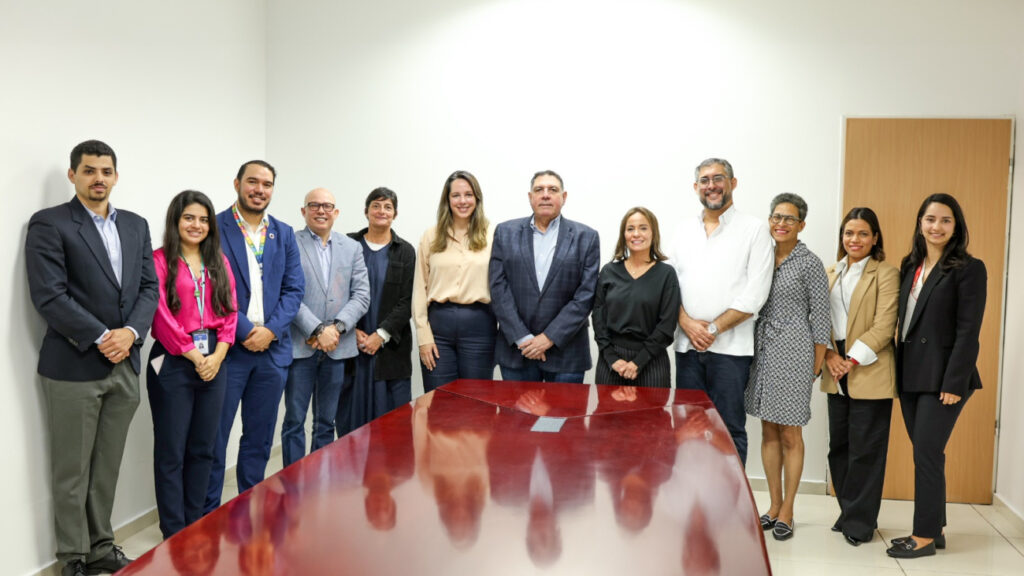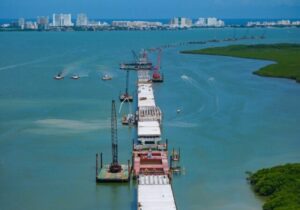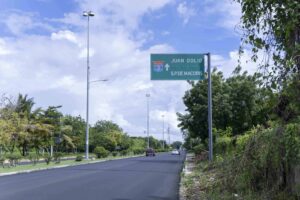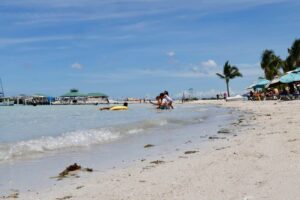
With the aim of giving continuity to public policies related to the “National Ecotourism Strategy (ENEC-2030)”, the “Interinstitutional Ecotourism Committee” was formed.
 The committee was created by the Ministry of Environment and Natural Resources, the Ministry of Tourism (Mitur) and the culture Ministryduring a meeting headed by Patricia Mejia, Deputy Minister of Tourism; Milagros De Camps, Deputy Minister of Climate Change and the Environment, and Yamall MichelenDeputy Minister of Culture.
The committee was created by the Ministry of Environment and Natural Resources, the Ministry of Tourism (Mitur) and the culture Ministryduring a meeting headed by Patricia Mejia, Deputy Minister of Tourism; Milagros De Camps, Deputy Minister of Climate Change and the Environment, and Yamall MichelenDeputy Minister of Culture.
The activity allowed representatives of the institutions to discuss the challenge that the Dominican Republic faces in achieving competitive ecotourism that, at the same time, does not affect natural resources, especially in the face of the attacks it has received as a result of climate change.
At the same time, the importance of strengthening ties of inter-institutional cooperation in favor of ecotourism that respects the environment was discussed, as well as the importance of promoting the development of local enterprises for the benefit of communities and promoting training programs that improve the competitiveness and sustainability of the sector in the medium and long term.
ENEC-2030 envisages the progressive and adaptive deployment of its initiatives, ensuring a lasting and beneficial impact for the country.
The activity was attended by Federico Franco, Vice Minister of Protected Areas and Biodiversity, Ysabel Bonellyin charge of Ecotourism; Arantxa Morel, Sustainable Finance Officer, and Melissa Guzmananalyst of the Directorate of Financial Mechanism and Portfolio Management of the Ministry of Environment and Natural Resources. Mitur was represented Yira Vermenton, Director of Provincial Initiatives, and Annabel Hiraldo, Director of Promotion of Tourism and Cultural Crafts; and Alfredo García.
Milagros De Camps applauded the objectives of the National Ecotourism Strategy and reiterated the commitment of the Ministry of the Environment to the conservation of natural resources without affecting economic development, protected areas, and the cultural component that tourism represents for the country.
De Camps praised the institutions’ interest in creating the conditions to channel funding towards climate action resilience in the Dominican Republic, “but focusing a lot on nature, which, in the case of this project, has a cultural component, which is what differentiates it from others in relation to the strategies of our country.”
Meanwhile, Patricia Mejía spoke about the need for all institutions to continue joining forces to achieve the objectives of the National Ecotourism Strategy.
He assured that, as in other projects, Mitur is fully prepared to continue collaborating with the Ministry of Environment and Culture, and called on the entities to share and consult with the sectors involved all the inputs, information and studies necessary to guarantee sustainable growth.
Yamall Michelén, meanwhile, praised the importance of the project and the interest of institutions in promoting it, “because it speaks to us about sustainable tourism, that is, that tourism takes into account natural heritage, tangible and intangible heritage. I think we are moving in the right direction,” he said.
In this regard, Víctor Gómez Valenzuela, consultant and person in charge of developing the strategy, highlighted the need for the participation of all the actors involved, from the government to society in general, in view of the growth of tourism in the Dominican Republic, and the interest in the country continuing with the preservation of natural resources and tourism sustainability.
“The question that needs to be asked is whether our ecosystems and cultural resources have the capacity to handle the total volume of tourists in the coming years, and how this may affect the state of conservation and management,” said the expert.




